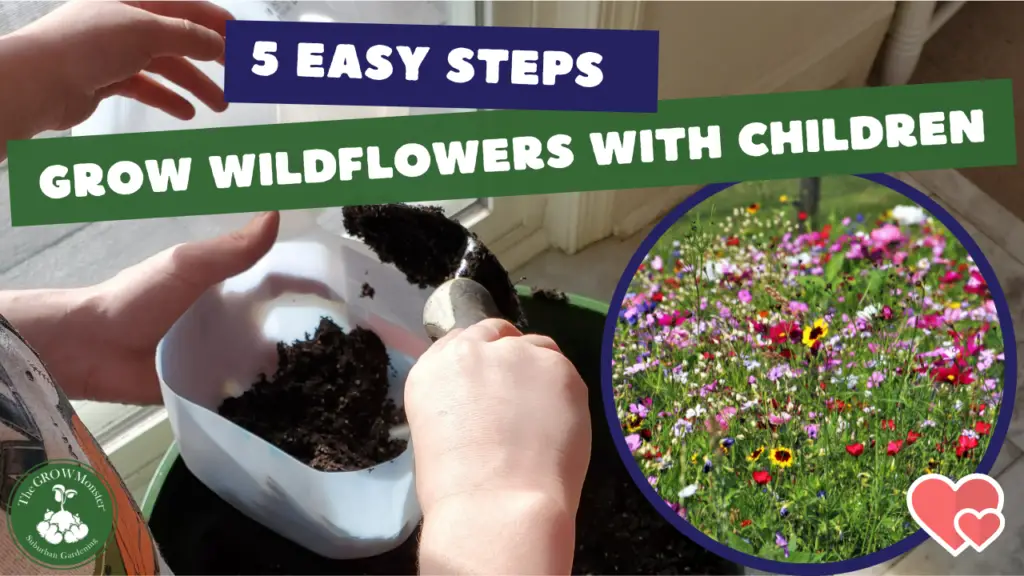It is always a joy for The Grow Monster family to see hummingbirds and butterflies in our garden. The expressions on the kids’ faces when they see a hummingbird or butterfly in the garden is priceless. For St. Valentine’s day this year we are going to grow wildflowers with children using the Hummingbird & Butterfly Wildflower Mix by Burpee.
The Grow Monster recommends these 5 easy steps to grow wildflowers with children:
- Research the Wildflower Seed Varieties
- Choose a Seed Germination Method
- Prepare the Garden Area
- Transplant Seedlings to the Garden
- Observe the Wildflowers and their Visitors
Research the Wildflower Seed Varieties
You want to make this both a memorable and learning experience for the kids. It can be fun to grow wildflowers with children! To make this activity fun and educational, it is important to know what wildflower varieties you will be planting with the children and to discuss it with them. For example, we used the Hummingbird & Butterfly Wildflower Mix by Burpee, you can check the current price on Amazon here.
This product contains the following wildflower seed varieties:
| * Crimson Clover * Annual Baby’s Breath * Cornflower * Calendula * Nasturtium * Lupine | * Marigold * Butterfly Weed * Plains Coreopsis * Cosmos * Foxglove * California Poppy | * Indian Blanket * Dwarf Sunflower * Sweet Alyssum * Black-eyed Susan * Scarlet Sage * Zinnia |
With your child, you can create a table that has the name of the wildflower variety, an image of the wildflower, along with any notes the child would like to take based on what they have researched. For example, your child can write when you planted the seeds, how long it took to germinate, how many germinated, etc.
Here is an example table that you can print out for your child to use with these wildflower varieties.
| Wildflower Variety | Picture | Notes |
| Crimson Clover | 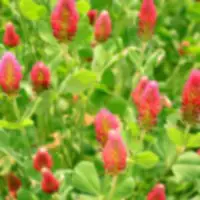 | |
| Annual Baby’s Breath | 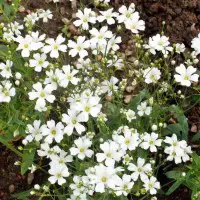 | |
| Cornflower | 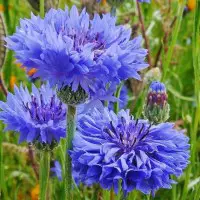 | |
| Calendula | 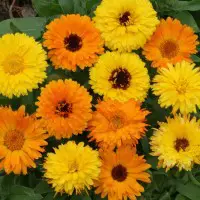 | |
| Nasturtium | 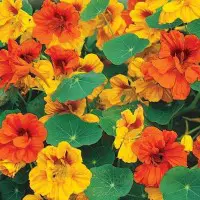 | |
| Lupine | 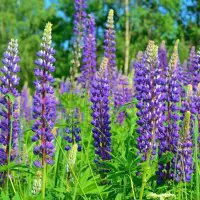 | |
| Marigold | 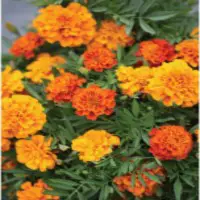 | |
| Butterfly Weed | 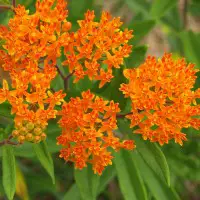 | |
| Plains Coreopsis | 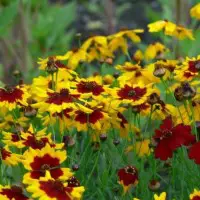 | |
| Cosmos | 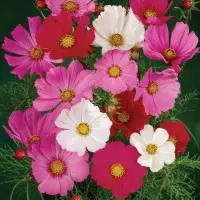 | |
| Foxglove | 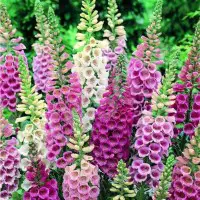 | |
| California Poppy | 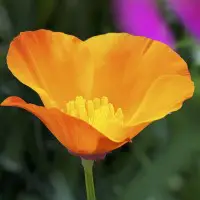 | |
| Indian Blanket | 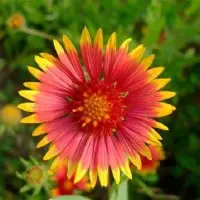 | |
| Dwarf Sunflower | 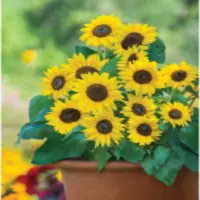 | |
| Sweet Alyssum | 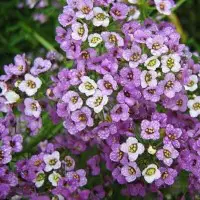 | |
| Black-eyed Susan | 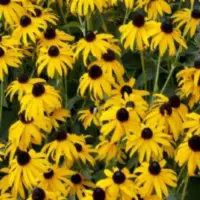 | |
| Scarlet Sage | 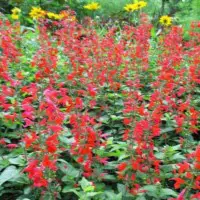 | |
| Zinnia | 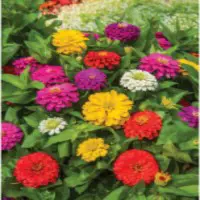 |
Choose a Seed Germination Method
There is nothing more exciting for parent and child alike than to watch seeds sprout. Now there are several methods out there for germinating seeds. Most of the wildflower seed products have you planting your wildflower seeds directly into a prepared garden area. When you are trying to grow wildflowers with children, you want to keep their attention. Because of this, The Grow Monster recommends one of two seed germination methods that will allow the children to observe seed germination up close:
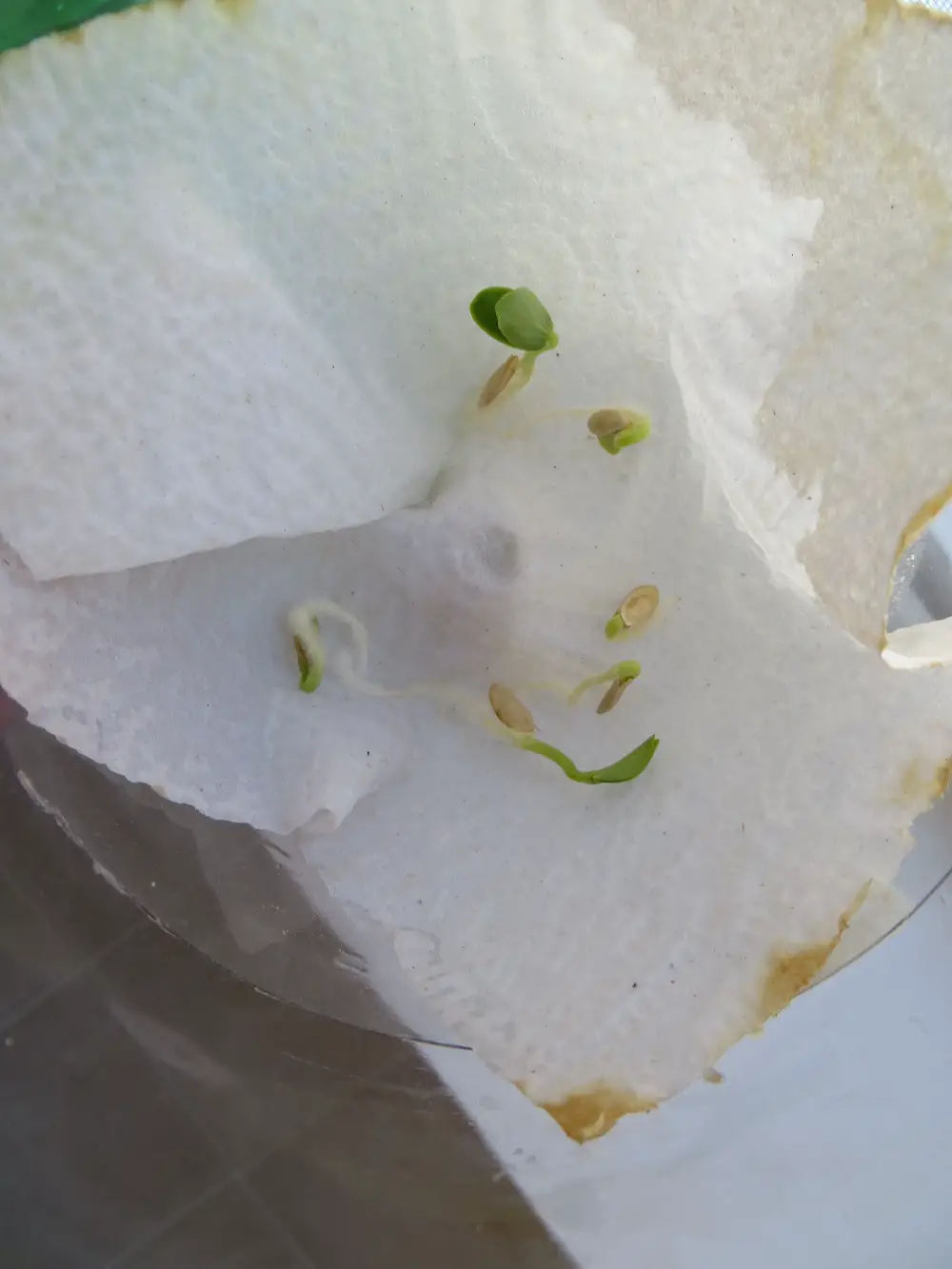
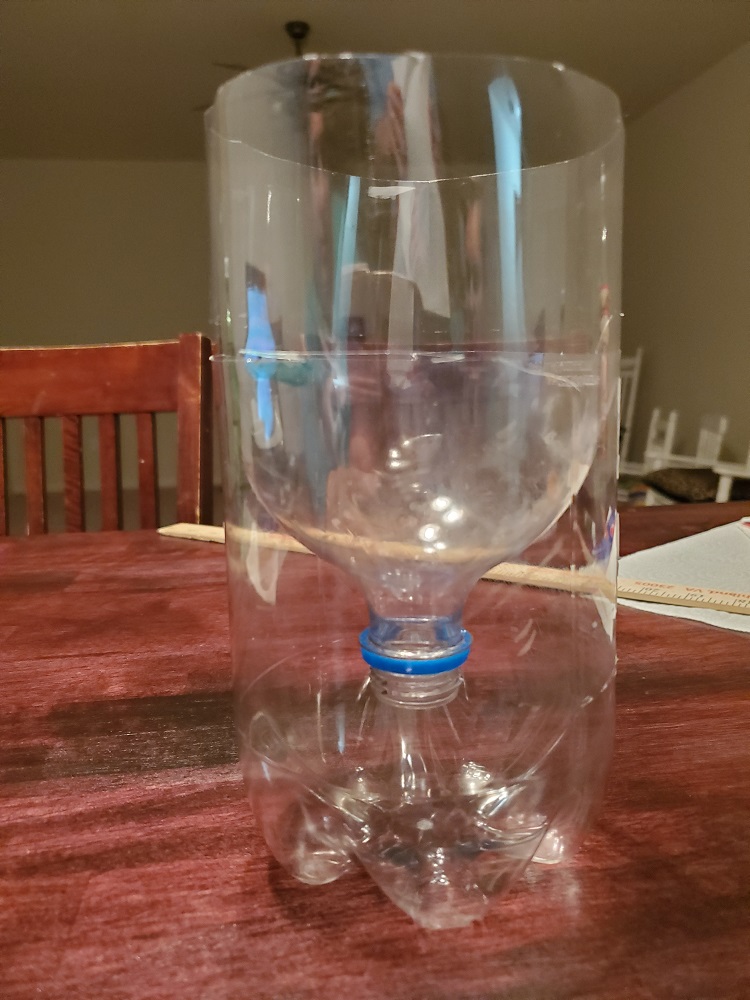
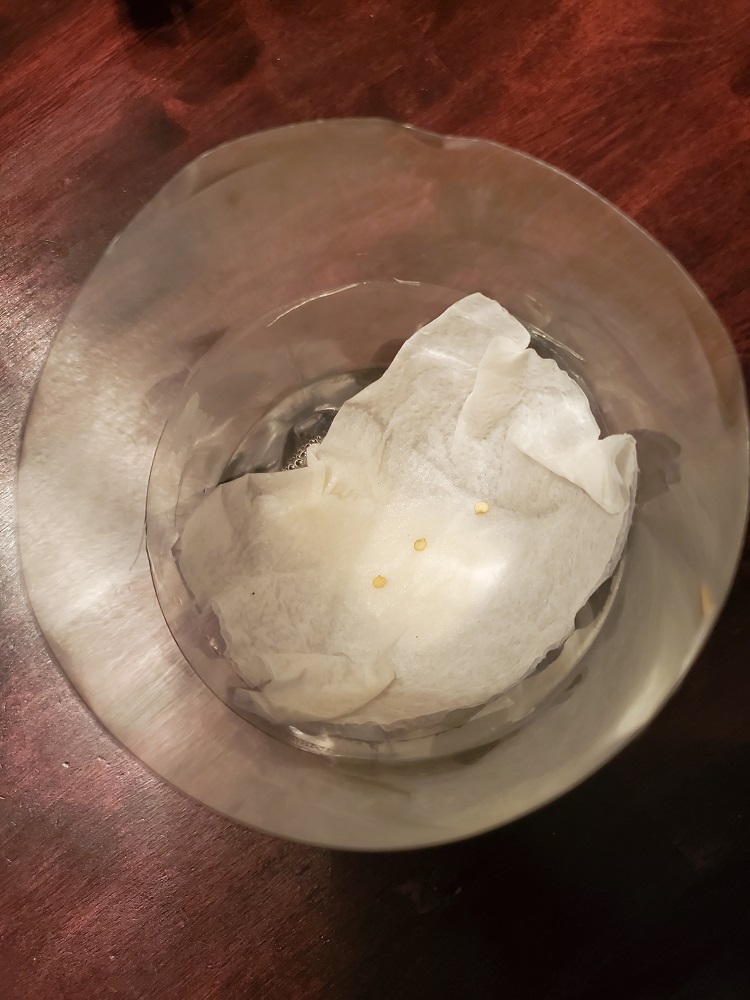
Method 1: Germinating Seeds with a 2-Litre Bottle. This method by The Grow Monster uses a two-liter bottle that will enable the kids to watch the seeds germinate, and their root structures grow until it is time to transplant the seeds into a prepared garden area (the next step). To read our article explaining this method step by step with photos, click here.
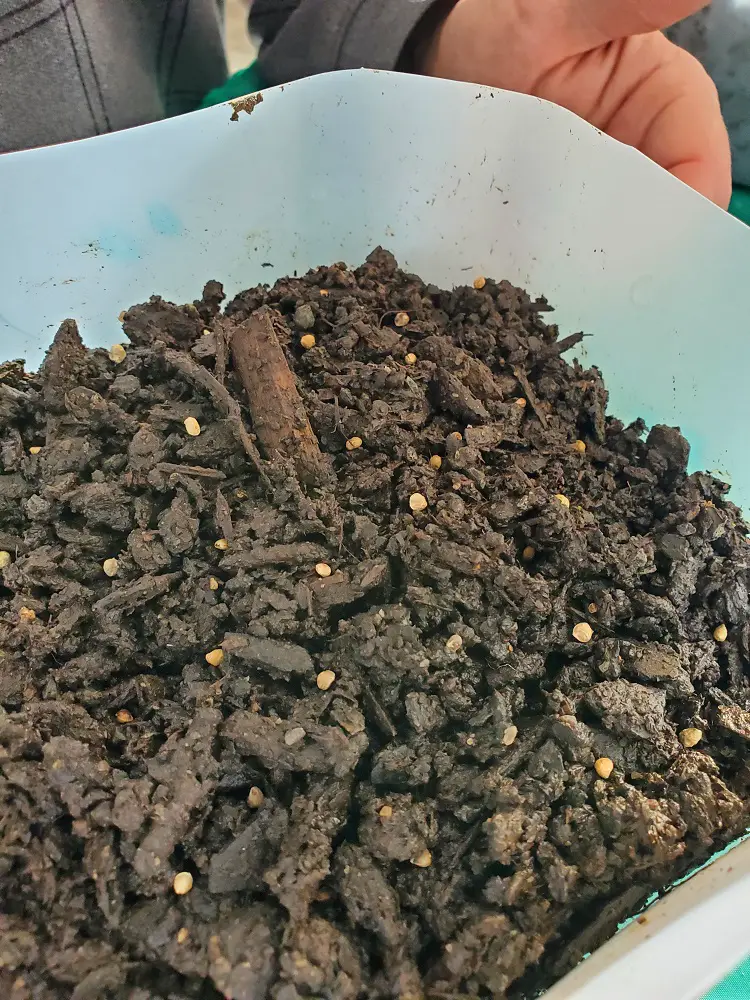
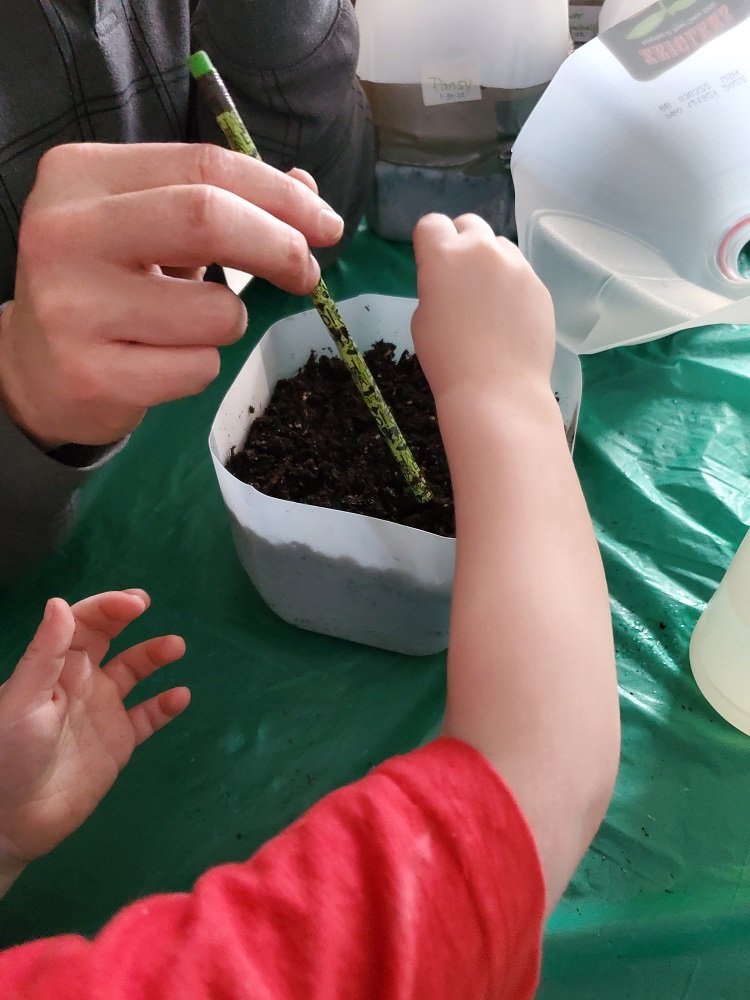
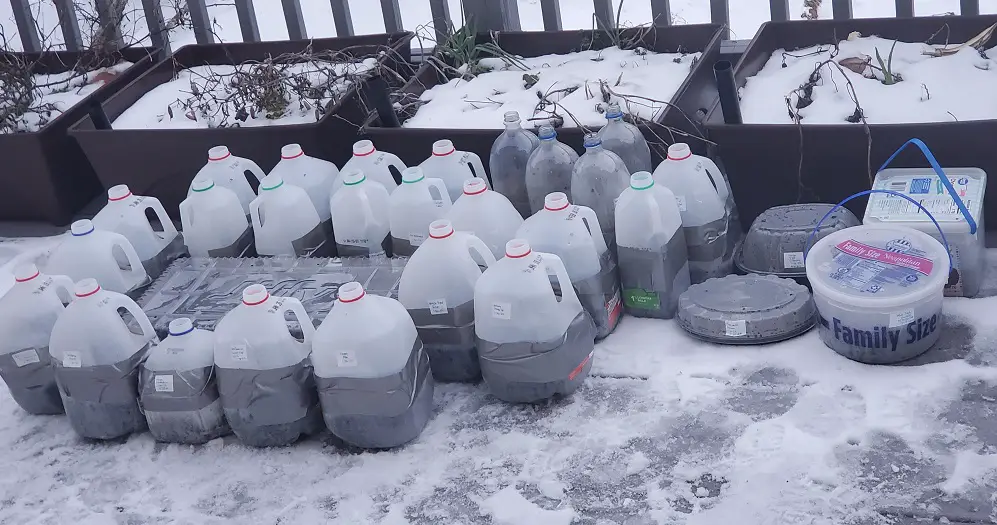
Method 2: Winter Sowing Using Milk Jug method. This method by The Grow Monster uses a simple milk jug as a container with potting soil to get the seeds started earlier in the growing season. The milk jug acts like a mini green house. This method is used to to extend the growing season by starting seeds earlier and giving them more time to germinate and grow. Many wildflower seeds need cold weather to germinate, so this method is perfect for that! If you would like to read our step by step guide to winter sowing, click here.
Prepare the Garden Area
When you decide to grow wildflowers with children, you need to get them excited about where the wildflowers will ultimately grow. You can do the following activities with your child:
Choose a Garden Area with Plenty of Sun. Walk around the property with your child and identify potential places that can be used as a garden area. There are going to be sunny garden areas and shaded garden areas. Let the child know that wildflowers will need lots of sun and they should be sure to choose an area with plenty of sun.
Weed the Garden Area. Let your child know of the importance of weeding and keeping any plants out of the garden that you do not intend to grow. Teach them to pull weeds out by their roots so that they are less likely to grow back and be pulled again next time. Have the child place the weeds in a separate area designated for composting.
Add some Compost to the Garden Area. Discuss the importance of adding additional compost to the garden. Compost is recycled garden materials (from weeds and grass clippings) that turn back into dirt and can provide the wildflowers with additional nutrients when they grow. The Grow Monster does has an article here about the different ways to compost and additional activities with children in the garden. Rake the compost in and loosen the soil to a depth of at least 3 inches.
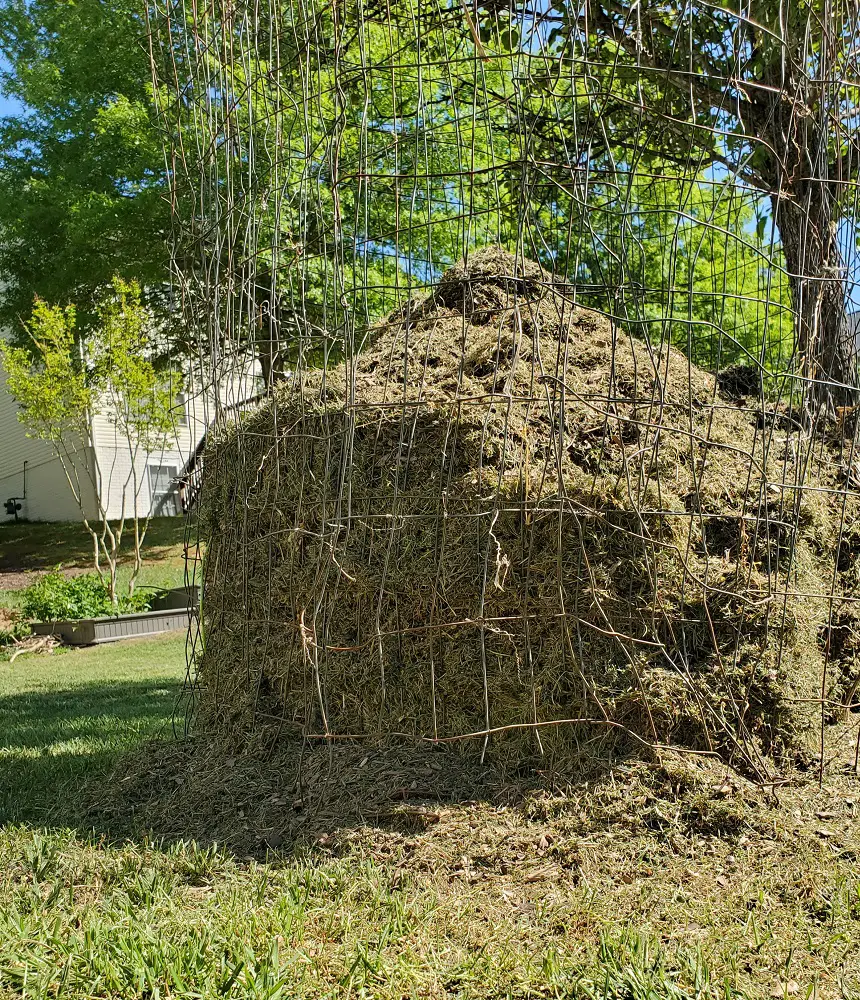
Give them a Responsibility. Let your child know that you are now expecting them to take care of this area. It will be their responsibility to help water, weed, and maintain the wildflowers once they are in the garden. At this point, you may even consider providing them with an allowance for taking on this responsibility. You might be surprised by their excitement to take this on.
At this point, your child should be excited that they have a garden area prepared and charged with the responsibility to take care of it when their wildflower seedlings are ready for transplant.
Transplant the Seedlings into the Garden
Transplanting the seedlings into the garden can be another fun time for the children.
When to Transplant the Wildflower Seedlings?
Transplant the seedlings into the garden when there is no longer a threat of frost in your area. You will also want to transplant the seeds between the time they get their first true leaves and they start to grow to the size of their containers. You don’t want them to grow to the point in their germination containers that they touch the tops or sides of the container. This may cause them to burn. If your area is still encountering frost, but the plants are overgrowing their seed germination container, it is okay to move them to a larger container until you are ready to put them outside.
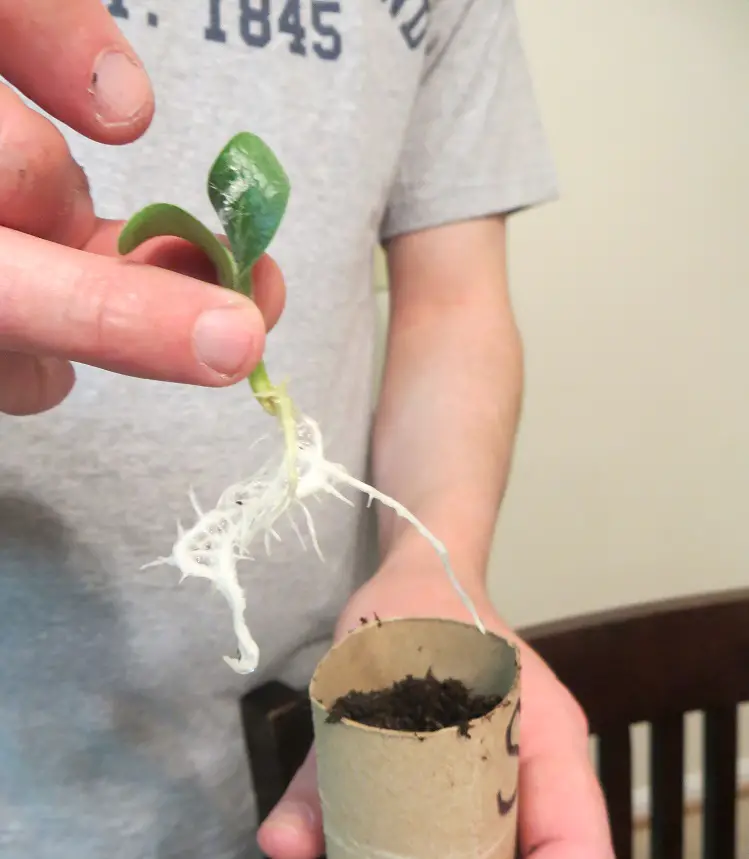
How to transplant the wildflower seedlings into the garden?
When using either the 2-liter or winter sowing milk jug methods mentioned above, seeds are going to be growing tightly together and their roots will be inter-tangled.
- Gently spray the seedlings down with the water to ensure they remain moist throughout the transplanting process and do not dry out.
- Make sure your child takes their time and to be careful not to damage too many roots while transplanting.
- Also be sure they are transplanting the seedlings with dirt attached to the roots.
- Make sure to water the seedlings every day (until the dirt is moist but not sopping wet) for the first two weeks, and at least once a week after they have been planted in their new location.
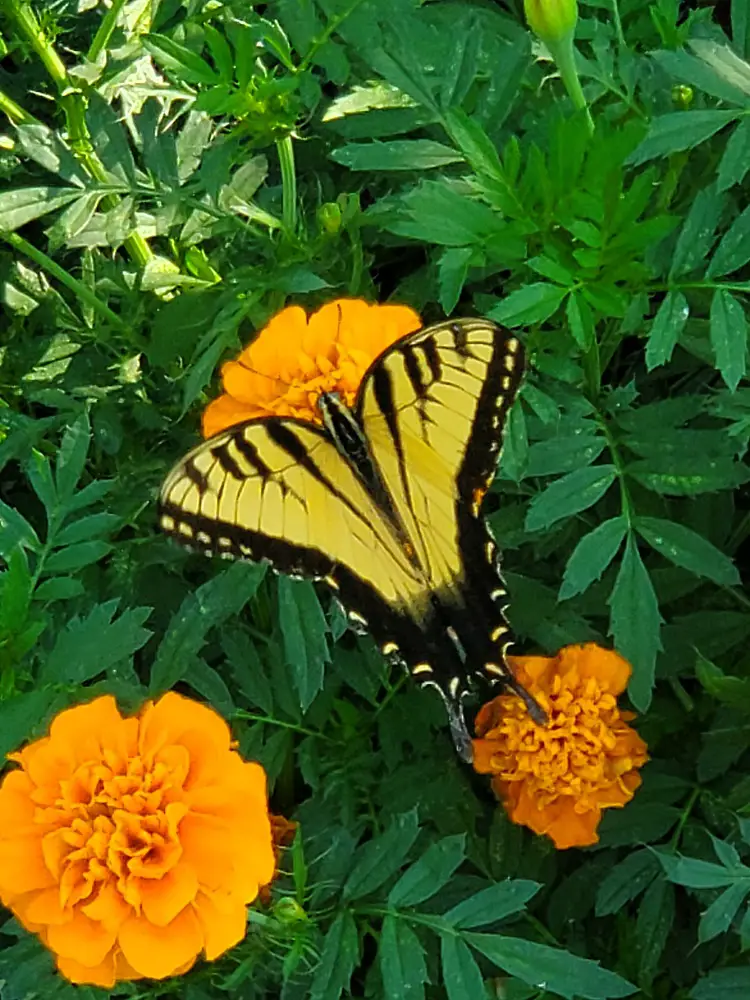
Observe the Wildflowers and their Visitors
With the seedlings transplanted into a sunny garden location, they are now ready to grow into a great pollinator garden that attracts a number of pollinators including hummingbirds, butterflies, bees, ants, and other creatures. Remind your child to be patient as it will take time before the wildflowers will start to bloom and attract pollinators. Prepare your child to look for pollinators that will begin to visit the wildflowers once they start blooming.
Discuss with your child the importance of pollinators in the garden and the role that that they play in the lifecycle of the wildflower itself. Without these pollinators, some of these wildflowers would not be able to get fertilized and produce seedlings for the next year.
Your children might want to create more areas and spaces for the pollinators, check out this article from The Grow Monster explaining what should be in a pollinator garden. You want areas for the birds and insects to be able to rest, raise their young, hide from weather and predators, and have a spot for you to enjoy your new wildflower garden.
You can use a table similar to the one below to help your child log what pollinators they have observed visiting the wildflowers. Go out daily with them to see what they observe. You could even have your children draw pictures of the garden as it changes throughout the seasons, learning the names of the various animals that visit, and plants you have grown.
| Pollinator | Picture | What Wildflower(s) did they visit? |
| Hummingbirds | 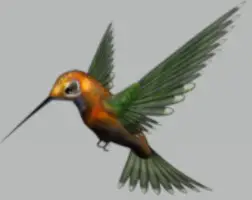 | |
| Butterflies | 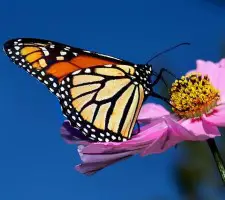 | |
| Bees | 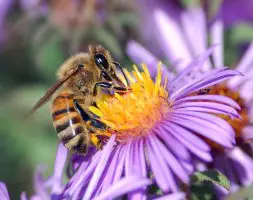 | |
| Ants | 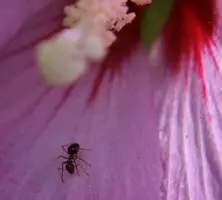 | |
| Others? |
In the fall when the flower heads have dried, have the children go outside to collect them. Let them know that they can bring the wildflowers back next year in the spring by germinating the seeds, preparing the garden bed, and continuing the life cycle of the wildflower all over again.
Grow Wildflowers with Children- Final Thoughts
Planting wildflowers in the garden to attract hummingbirds and butterflies can be a fun springtime activity with your children. Follow our 5 easy steps to grow wildflowers with children and make it educational and fun! From choosing the garden location and watching the seeds germinate to observing the pollinators that visit the garden; it becomes a memorable learning experience for you and your child. God Bless, and have a Happy St. Valentine’s Day!

